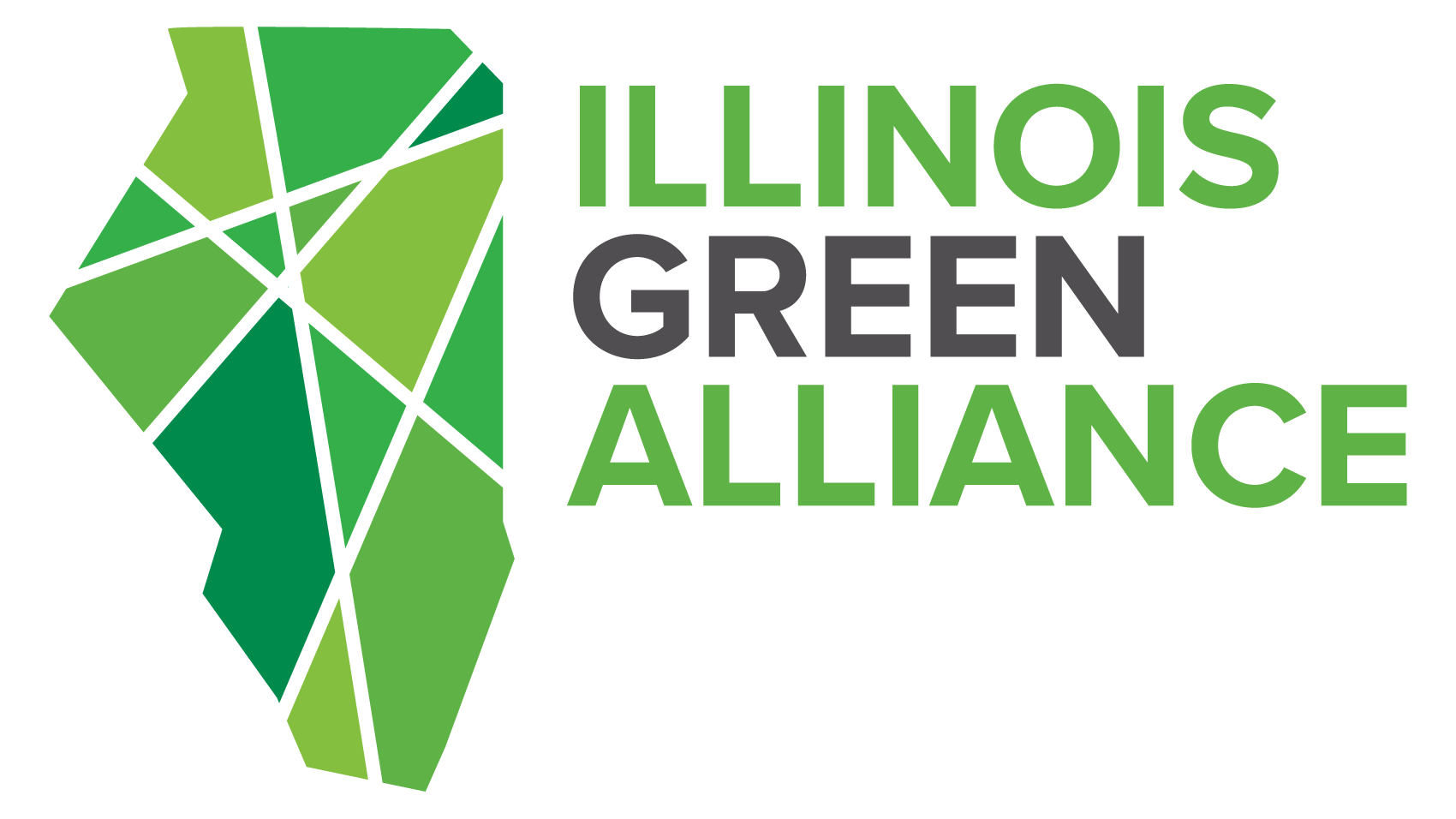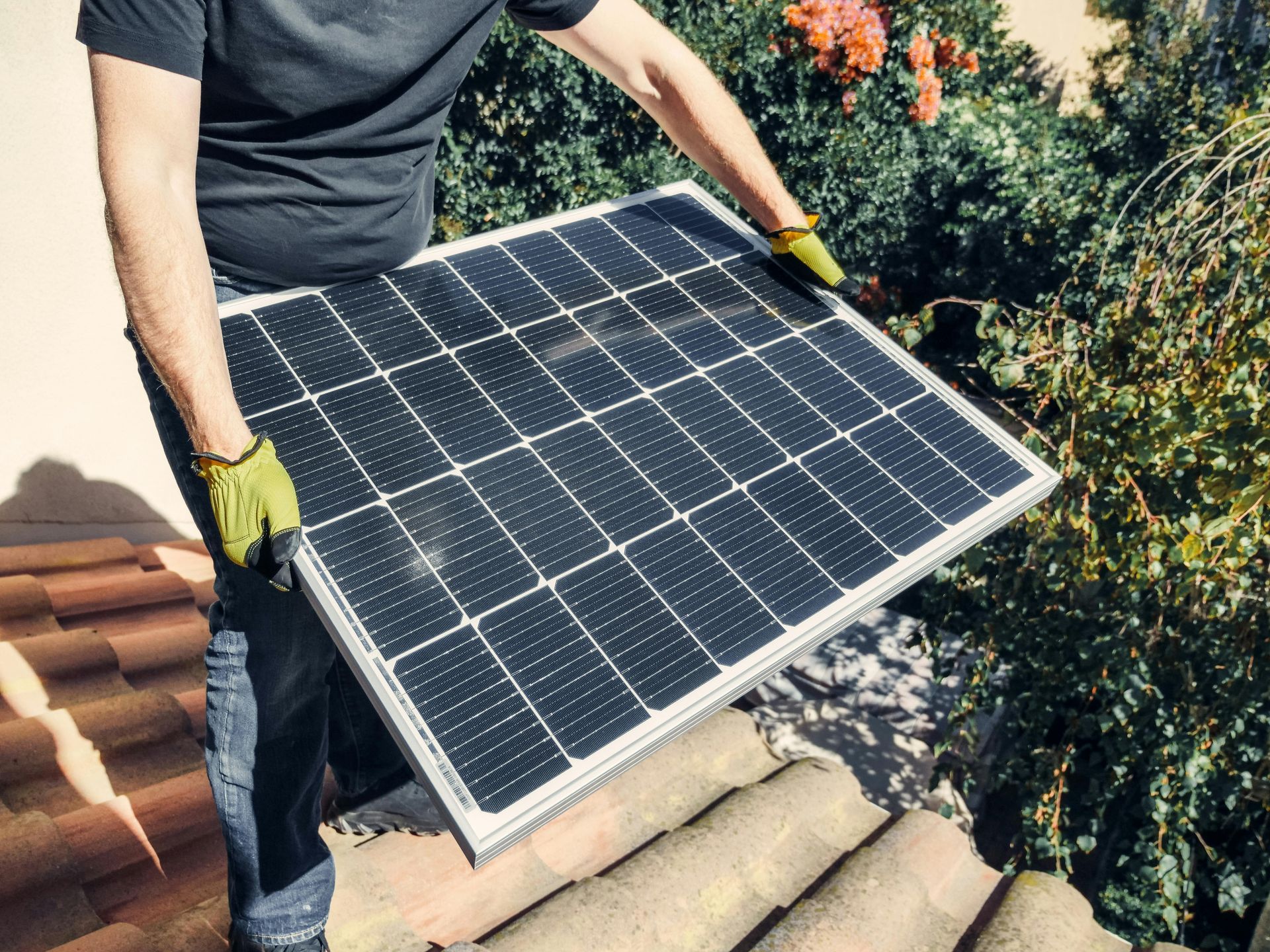"I Didn't Know this was Possible": How building industry voices can drive sustainable policy action
"I didn't know this was possible"
That is a direct quote I heard from a state legislator that we invited on a tour of the Fifth City Commons project in Chicago, an all-electric, “near-zero” building. They didn’t know that the technologies to support projects like these existed, that high-performance buildings have a market, and that even affordable housing developers are embracing it. This comment is one of the most common sentiments that I have heard when engaging lawmakers, even environmentally conscious ones, on behalf of the green building community.
Most policymakers want to support changes that lower costs for constituents, create jobs, and makes their communities cleaner and more sustainable. However, they often don’t know that green buildings present an incredible opportunity to do those things until we show them.
Our progress to date
Over the last few years, advocates have been incredibly successful at passing climate legislation at all levels of government, like the federal Inflation Reduction Act and Bipartisan Infrastructure Funding Act, state Climate and Equitable Jobs Act and Future Energy Jobs Act, and Oak Park’s first-in-the-Midwest new construction electrification ordinance.
Even though most of these laws were passed in previous years, we have only just begun to see their transformative effects. Illinois has received hundreds of millions of federal funds for solar, clean buildings, and more. The state has also begun to roll out its own initiatives, like the Illinois Climate Bank, Clean Energy Jobs and Justice Fund, green job training centers, and more. Further, these initiatives have spurred billions more in private investment in sustainability.
Unfortunately, the new Trump administration has made it clear they will be attempting to reverse recent progress with and policy that would stop or even roll back funding and rules that reduce carbon pollution in buildings.
Moving forward
Regardless of what happens in Washington D.C., We have been building a movement that is strong enough to continue to make a difference.
Take this fact – since 2005, Illinois has reduced its climate emissions by over 25%. In that time, we’ve seen different administrations come and go in Washington D.C. while Illinois has made steady progress. By taking bold, swift action on the state and local level, we can create major change. There is plenty to do, but plenty that can get done.
Though Illinois has made progress on the climate broadly, we know that 70% of the state’s emissions are directly tied to the building industry, a number that has grown in recent years. No matter how we approach tackling this problem, there is one group that is key to making a difference – building professionals.
People in this industry are already imagining, testing, and building climate solutions every day. Still, we need to move beyond this one-at-a-time approach and think about how we can create systematic change. I believe green industry professionals are uniquely suited to do this.
Being able to share that you’ve worked on a high-performance project you worked on, hired new workers in green roles, or how you’ve saved clients’ money with energy efficiency upgrades is an incredibly strong argument in favor of climate action, especially when our opponents argue that clean buildings aren’t feasible, will kill jobs, and hurt consumers. Building professionals have a voice and credibility that is incredibly powerful, but unfortunately, like I described earlier, policymakers simply don’t know all of the incredible things you’re up to.
Over the last year, Illinois Green has been hard at work to change that. To keep people informed, we launched the monthly Illinois Green Policy Update series. We facilitated meetings with policymakers that allowed our members to share their work and advocate for legislation that supports it. Our Auxiliary Board even hosted their first-ever advocacy training night, which helped our members learn about ongoing campaigns and build skills to support them. In total, we helped over 325 people take action in Chicago, Springfield, Evanston, and beyond.
Twenty twenty-five will be a crucial year in the fight for clean buildings and Illinois Green is going to be working harder than ever to push green policy forward. We’re only a few weeks into the year and we’ve already seen progress made in Evanston and Springfield and have had to defend the Inflation Reduction Act from attacks. These campaigns will continue well into the year and beyond. I strongly urge everyone who cares about clean buildings to make their voice heard.
Here are some ways you can get involved in 2025:
- Sign up for our brand-new Illinois Green Policy Update Newsletter, which will bring the latest policy news and action alerts right to your inbox:
- If you live, work, or have done projects in Evanston, ask City Council to support the proposed Healthy Buildings Ordinance. Submit comment here.
- Keep a look out for our calls to action throughout the year!

Ryan Wilmington
Policy and Communications Associate
Illinois Green Alliance




